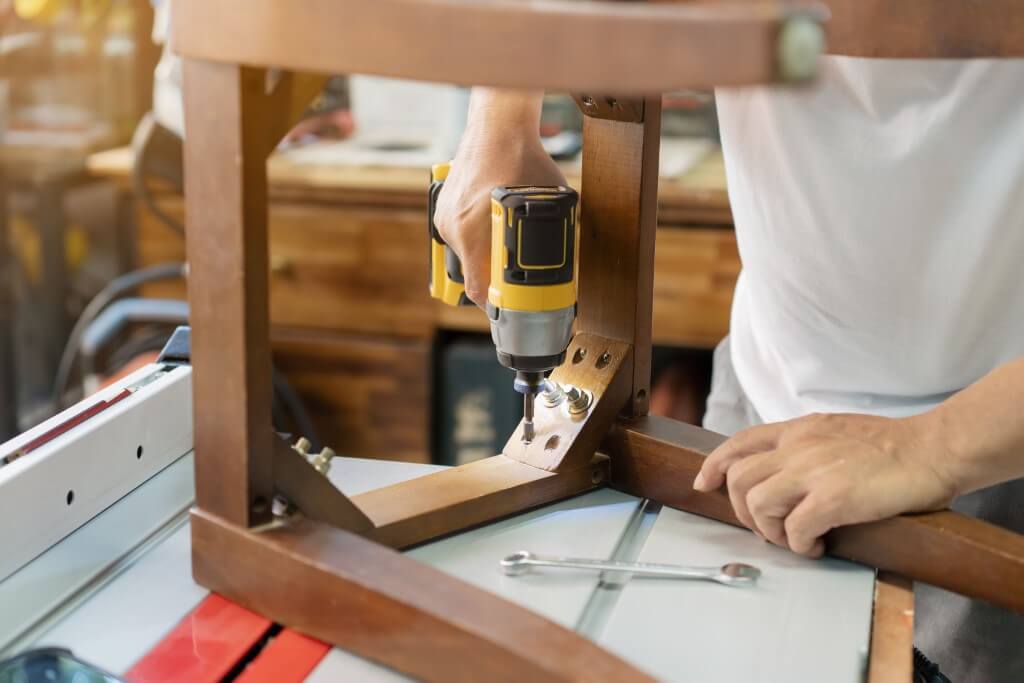- A Global Filming Guide: Do’s, Don’ts, and Must-Knows - February 14, 2024
- Low-Income Americans’ Surprising Spending Habit - December 4, 2023
- France’s Startling Act of Aggression - December 1, 2023
Conserving energy in your home is advantageous for several reasons, including lowering your household’s carbon footprint and lowering the amount of money spent on monthly energy bills. Even though many homeowners are unable to afford significant home improvements or the installation of solar panels, there are several ways to save money on your home’s energy costs.
It may be difficult to reduce your energy consumption, but some strategies can make the process easier and more cost-effective. Some of these methods are even free!
1. Make Use of Natural Lighting
The effectiveness of this straightforward strategy may astound you. Turning off lights that aren’t in use and taking advantage of natural light whenever possible can help you save a significant amount of money on your electric bill. The number of daylight hours may be reduced during the winter, forcing you to rely more on indoor lighting; however, once summer arrives, you’ll have plenty of opportunities to take advantage of the sun’s rays.
Adding more natural light to your home can help you save money on your utility bills while also improving your mood. When you make it a point to use more natural light, you can reap multiple benefits. Fortunately, increasing your use of natural light requires little effort on your part.
2. Turn off all non-essential electronic equipment
Many people forget to unplug their electronic devices when they are not in use, even though doing so can save a significant amount of energy. You can save energy by unplugging devices when you aren’t using them or when they aren’t charging. Everything from your toaster to your laptop to your television to your space heater qualifies.
Many of your home’s appliances and electronics use energy even when they are turned off. Smart TVs continue to consume energy even when turned off to maintain their connection to WiFi and the remote control. Coffee makers use energy to remember previous settings and be ready to use at any time. Electronic devices such as laptops and cell phones continue to draw energy from the source from which they are powered even after they have been fully charged.
Even if it takes a few extra seconds for a device to power back up, unplugging devices that aren’t in use can reduce your energy consumption by up to 10%!
3. Purchase Energy-Saving Home Appliances
Because some home appliances are expensive, many consumers choose less expensive alternatives, often without giving much thought to the energy consumption ratings of the products they purchase. Nonetheless, appliances can contribute significantly to overall energy consumption, and switching to more energy-efficient models can have a noticeable impact on how much power you use.
To determine the amount of energy required by your device, use a calculator designed specifically for use with appliances. This will give you a good idea of how much it costs to run certain appliances in your home and will also help you decide which appliances you should replace with more energy-efficient ones.
4. Conduct a Self-Assessment of Your Washing Routine
Although washing machines and dryers are extremely useful, they can also be significant energy consumers. Set your washing machine to use cold water if you want to save money on energy. This will keep it from using too much energy to heat the water for each load. In addition, you must adjust the settings on your washing machine based on the size of the load.
If you are concerned about the effectiveness of washing your clothes in cold water, you may want to look into the availability of cold water detergents. These detergents were designed specifically for washing clothes in cooler water, and as a result, they will keep your clothes clean and fresh even after washing.
Another change you should make to your laundry routine is to change the way you use your dryer. During the warmer months, instead of putting your clothes in the dryer, hang them outside to dry in the fresh air. You will save money on utility bills by not running the machine, and your clothes will have the opportunity to dry in the fresh air. Most of the time, this is better for the materials, and it will also help your clothes last longer.
5. Examine Your Shower Head
Everyone enjoys a hot shower, but you should be aware that it can have a significant impact on both your water and energy bills. There are other options available if you enjoy taking long, steaming showers and are unwilling to give them up.
Consider investing in a low-flow showerhead
Installing a low-flow shower head instead of a regular one can reduce the amount of water used during your shower and, as a result, the amount of energy consumed. You won’t be able to take hot showers, and there will be no shortage of water, but you won’t have to make an effort to save energy because it will happen automatically.
6. Use Energy-Efficient Light Bulbs
The vast majority of people nowadays are aware that LED lights have a lower operating cost. They use less energy while still providing adequate illumination, making them an appealing choice for residential settings that prioritize energy efficiency.
Light-sensitive light bulbs are a relatively new development in the realm of energy-efficient light bulbs. Using cutting-edge technology, these light bulbs turn themselves off automatically based on an analysis of the amount of natural light present in a given space. People who struggle to remember to turn off lights on their own or who have young children will appreciate this solution.
7. Experiment with Different Insulation Techniques
Good insulation will help reduce the amount of work required by your heating, ventilation, and air conditioning system to keep your home at a comfortable temperature regardless of the season. Additional home insulation methods can be tried to keep heat in during the winter and out during the summer; however, most people simply adjust the thermostat to be more energy efficient. You can do the same if you want to be more energy efficient.
Those looking for a natural solution will find that planting shrubs and plants around their homes is the ideal solution. During the hot summer months, they protect your house from the wind and provide shade when the sun is too hot to bear.
Another approach that can be taken is to use heavy drapery
Curtains, particularly those made of heavy and dark materials, can act as a buffer around windows, which would otherwise allow outside air into the room. Because of its ability to block the sun’s rays, a room will not become as hot in the summer. During the winter, they will keep the brisk wind from penetrating the window panes.
Make the Change Right Now
Energy conservation is a common concern among homeowners, and many make concerted efforts to address it. When energy prices continue to rise and more homeowners seek ways to cut costs or switch to renewable energy sources, taking the first step toward making these changes can feel overwhelming. However, if you take things slowly and focus on one step at a time, you can work toward reducing your energy consumption at home in affordable ways.

